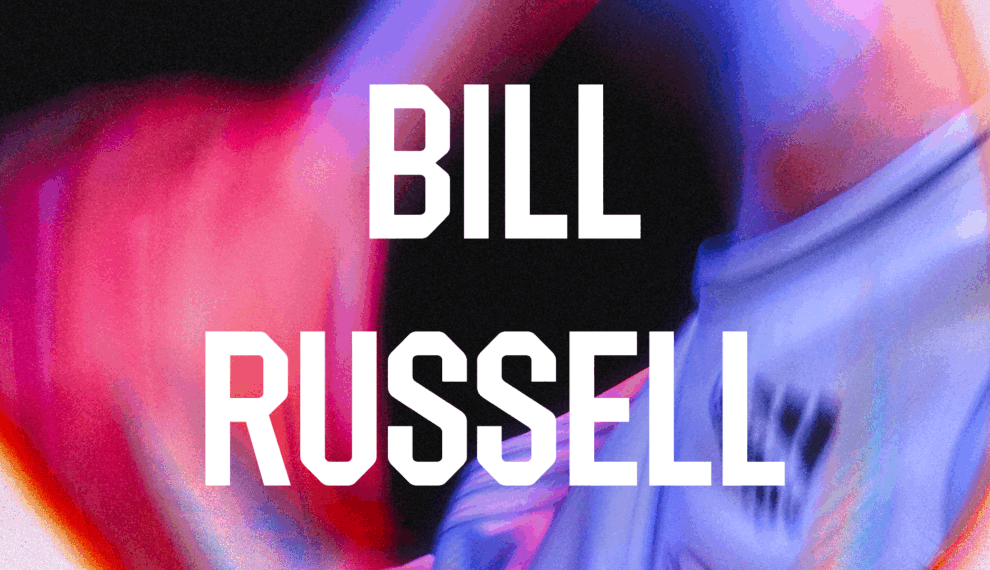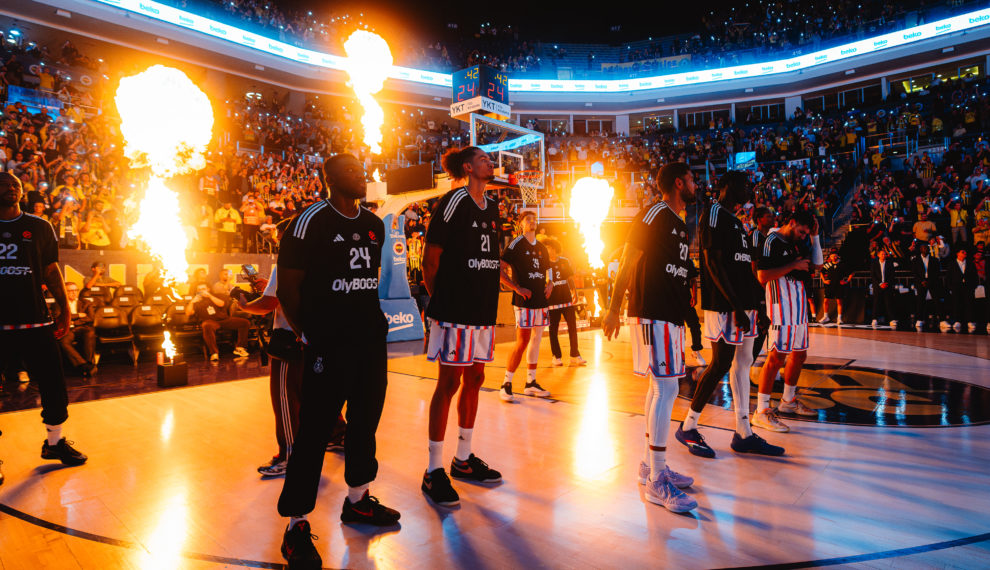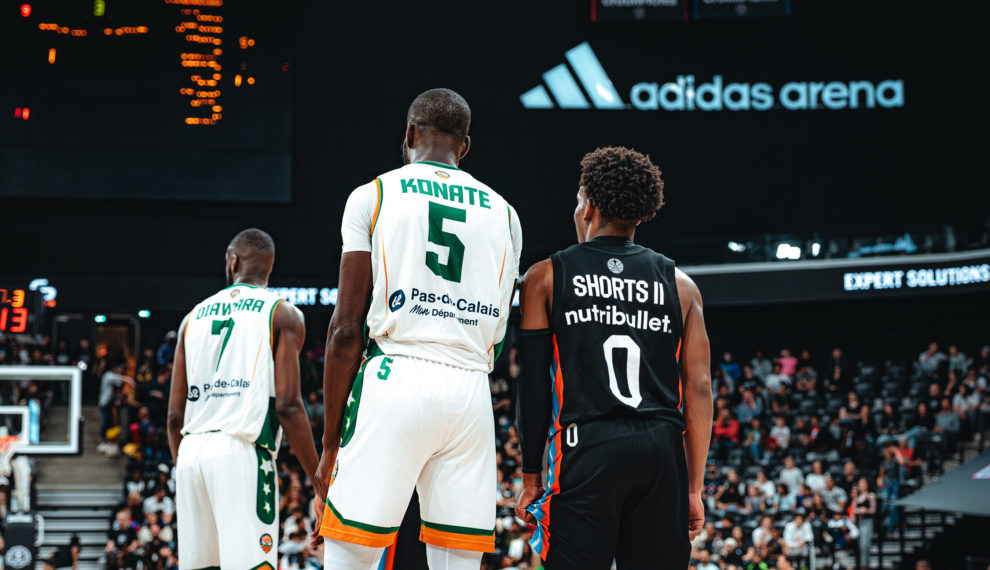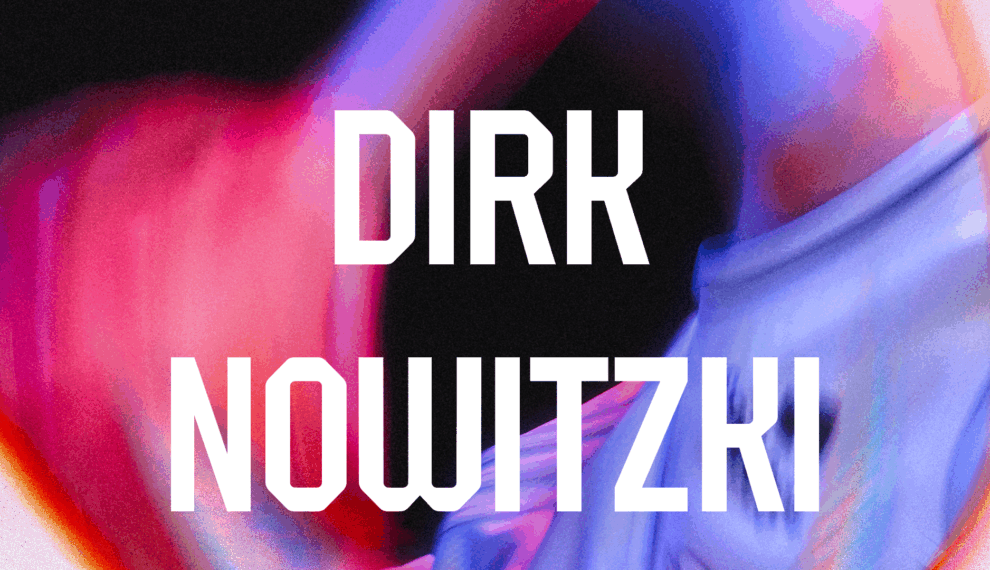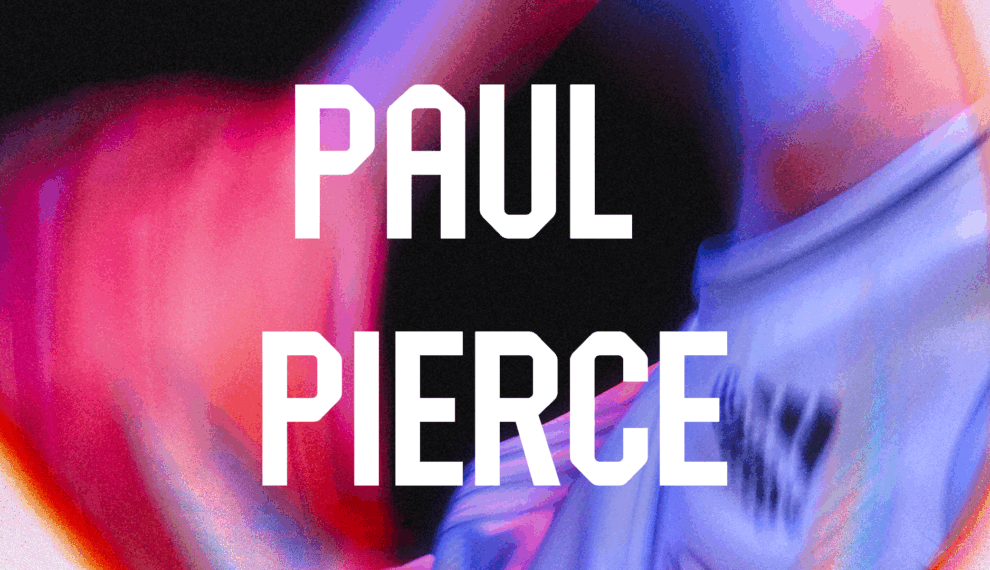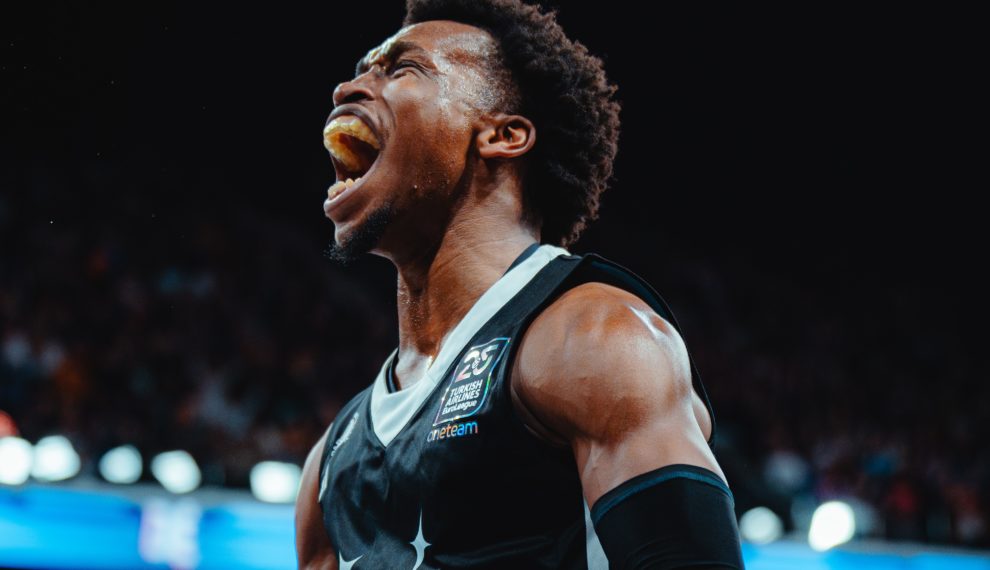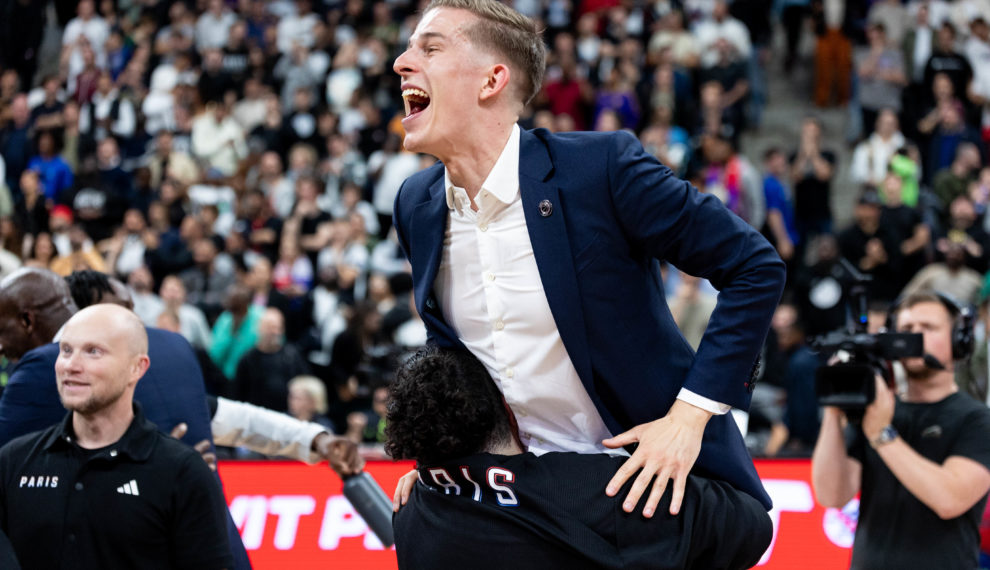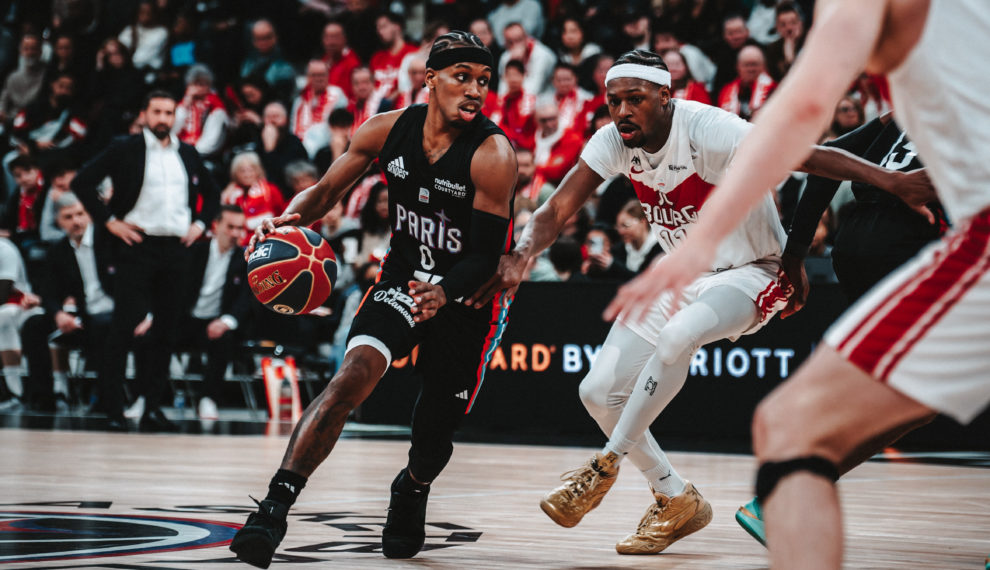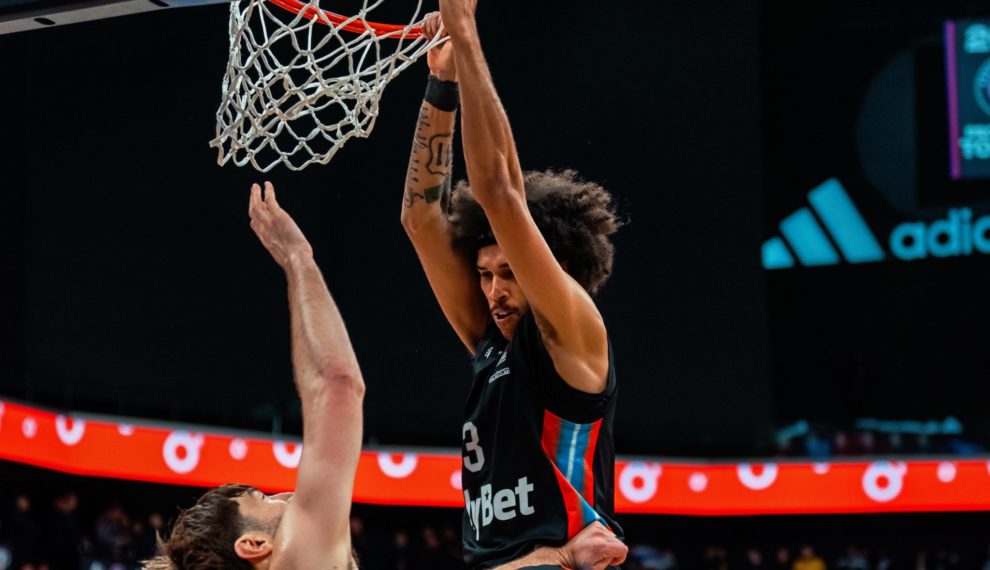Top 10 biggest What Ifs in NBA history
What is a ‘what if’ ? Quite simply, it’s the question: what if Luka had been drafted first ? Or what if Derrick Rose had never been injured ?
We’re going to give you our Paris Basketball ranking of the biggest what ifs in the history of the sport across the Atlantic. Because, let’s face it, it’s one of basketball fans’ favourite activities: building castles in the air.
10. Len Bias: the talent we never saw
Selected second overall in the 1986 Draft by the Boston Celtics (champions that same year), Len Bias was set to be Larry Bird’s successor and strengthen a legendary squad. An explosive forward from Maryland, he combined the power of Dominique Wilkins with the fluidity of Michael Jordan. But two days after the Draft, Bias died of a cocaine overdose.
This tragedy stunned the country and changed the NBA: the league strengthened its anti-drug programmes and America discovered the downside of the sporting dream.
In terms of basketball, everyone asked the same question:
👉 What if Len Bias had been able to play ?
Boston might have extended its dynasty, and Jordan would have had a rival to match him.
9. Derrick Rose: the MVP cut down too soon
In 2011, Derrick Rose became the youngest MVP in NBA history at just 22 years old. Explosive and unpredictable, he embodied Chicago’s rebirth after the Jordan era. His first step and changes of direction seemed to defy gravity. With two-handed dunks and killer shots, D-Rose was a force to be reckoned with.
But everything changed in 2012 during the playoffs when he tore his cruciate ligaments. Derrick Rose collapsed on the court and never returned to the same level. Other injuries followed, to his knees and ankles. We will still remember one of the greatest moments in the league’s recent history, when D-Rose, wearing the Wolves jersey, scored 50 points in a completely different style, but still. That day, the whole league remembered and shed a tear thinking about the player he could have been.
👉 What if Rose had never been injured ?
Perhaps a title for the Bulls, surely several elite seasons and a historic rivalry with LeBron.
8. Grant Hill: the perfect player stolen by injuries
In the 1990s, Grant Hill was seen as Michael Jordan’s natural successor. An All-Star from his rookie season onwards, he displayed a rare combination of athleticism, game intelligence, selflessness and charisma. A seven-time All-Star with impressive stats, he averaged nearly 22 points, 8 rebounds and 6 assists in Detroit, a prototype of the modern power forward before his time. A little more discreet and less well-known than other players in this ranking, Grant Hill had MVP material in his veins, and then everything changed.
In 2000, a serious ankle injury ruined his progress. Four operations later, he never regained his full form. But he still played a few seasons with 80 or more games for the Suns, a symbol of great resilience. A player much loved by fans and fellow players, Grant Hill was inducted into the Hall of Fame in 2018.
👉 What if Grant Hill had stayed healthy ?
He could have dominated the 2000s alongside Kobe and Shaq, stolen a few rings from them and won an MVP award.
7. Brandon Roy: the genius with crystal knees
A true prodigy for the Portland Trail Blazers, Brandon Roy was a natural scorer, gifted with exceptional composure and basketball IQ.
Rookie of the Year in 2007 and a three-time All-Star before the age of 26, he was the heart and soul of a franchise in the midst of rebuilding.
But chronic knee problems forced him to retire at just 27.
👉 What if his knees had held up ?
Portland might have formed a legendary Roy-Aldridge duo, and the Blazers could have become a powerhouse in the West before the Damian Lillard era.
6. Greg Oden: the cursed giant
The first pick in the 2007 draft, Greg Oden was set to be the dominant centre of the decade.
Powerful, mobile and intelligent, he was compared to David Robinson and Patrick Ewing. But fate had other ideas: destroyed knees, multiple operations and only 105 games played in his career. The terrible thing is that he is seen as one of the biggest ‘busts’ in history. In other words, one of the worst failures in the NBA. Meanwhile, the player selected just after him, Kevin Durant, has become one of the most lethal weapons in the history of the big league.
We forgot to mention it above, but ‘what ifs’ are often not very funny, not funny at all even.
👉 What if Oden had had a normal career ?
Perhaps an Oden-Roy duo capable of bringing a second title to Portland ? With Batum ringed ?
5. Penny Hardaway: the prodigy broken at the top
In the mid-1990s, Anfernee ‘Penny’ Hardaway was the future of the NBA. Tall (6’7″), elegant, and a point guard with exceptional vision, he formed a magical duo with Shaquille O’Neal in Orlando, capable of rivalling Jordan. Twice named to the All-NBA First Team before the age of 25, he was already being compared to Magic Johnson.
But after Shaq’s departure in 1996, knee injuries ruined his trajectory. At 26, one of the most promising point guards in the league saw his career slip away due to injuries, and after four consecutive All-Star appearances, his career would be much less prolific.
👉 What if Penny had stayed healthy ?
Could Orlando have dominated the late 1990s? Perhaps not, but paired with a centre like Shaq, Penny could have been a force to be reckoned with.
4. Bill Walton: the prodigious centre with a fragile body
In the 1970s, Bill Walton was seen as the perfect prototype of the modern centre.
A two-time NCAA champion with UCLA, he arrived in the NBA in 1974, expected to be the natural successor to Kareem Abdul-Jabbar. With his vision of the game, his pinpoint passes and his collective intelligence, he changed the way the centre position was played.
In 1977, he led Portland to its first and only NBA title, winning the Finals MVP trophy. The following year, he was named MVP of the regular season: at 25, the throne seemed to belong to him. But his body said stop.
Repeated fractures, chronic inflammation in his feet, multiple operations… it all came one after another.
Walton missed more than half of his seasons before making a brief comeback in 1986 with the Celtics, where he won a second title as a veteran.
👉 What if Bill Walton had been spared from injury ?
He could have become one of the ten greatest players of all time, a centre as complete as Jokic, thirty years ahead of his time.
3. Arvydas Sabonis: the European genius who arrived too late
In the 1980s, Arvydas Sabonis was already a living legend in Europe.
At 2.21 metres tall, with incredible mobility and vision, the Lithuanian played like a point guard trapped in the body of a giant. At his peak with Zalgiris Kaunas, he dominated international competitions, shook Team USA and even forced NBA scouts to rethink their assumptions: you can be a technical, creative centre who can pass the ball.
Drafted in 1986 (yes, the same year as our top pick) by the Portland Trail Blazers, Sabonis did not join the NBA until 1995, at the age of 31, after suffering serious injuries and due to political tensions between the USSR and the United States. By the time he arrived, he was no longer the same athlete: his knees were worn out, his speed was gone… but his talent remained intact.
Even diminished, he became a valuable player: 16 points, 10 rebounds and a game intelligence that impressed his opponents.
Shaquille O’Neal once said, ‘If he had come earlier, he would have destroyed me.’
👉 What if Sabonis had joined the NBA at the age of 22?
Portland could have built a dynasty around him, and the NBA would have seen a legendary Sabonis vs. Olajuwon duel, worthy of the greatest rivalries in the game.
2. Maurice Stokes: the tragedy that changed the NBA
Before the tragedy, Maurice Stokes was one of the most complete players of his era.
When he arrived in the NBA in 1955 with the Rochester Royals, he immediately made an impression: an elite rebounder and exceptional passer for an inside player, he averaged nearly 17 points, 18 rebounds and 5 assists per game in his first three seasons, figures worthy of a modern MVP.
But in 1958, everything changed. In the last game of the season, Stokes fell violently to the floor and hit his head. Three days later, he suffered an epileptic seizure related to a brain injury. He survived, but was left paralysed for life. His teammate and friend Jack Twyman became his legal guardian and cared for him until his death in 1970, an act of brotherhood that left a deep mark on the league.
👉 What if Stokes had never fallen?
He would probably have been one of the first superstars of the modern game, a hybrid player ahead of his time, capable of dominating in all areas.
His tragic story has left a lasting mark: the Twyman–Stokes Teammate of the Year trophy now honours this friendship and courage, a legacy that is as much human as it is sporting.
1. Michael Jordan: what if the Blazers or the Rockets had understood ?
In 1984, the Houston Rockets had the first pick in the draft. They selected Hakeem Olajuwon, a dominant centre from Houston University, a logical choice that was justifiable in hindsight.
But right after them, the Portland Trail Blazers (them again) chose Sam Bowie, a fragile centre… letting Michael Jordan slip away, who was drafted third by Chicago.
At North Carolina, Jordan already had it all: killer instinct, discipline, mental strength.
But no one imagined he would become the greatest player in history.
The result: Bowie played only 139 games in five years, while Jordan revolutionised the NBA, winning six titles, five MVP awards and building the Chicago Bulls dynasty.
👉 What if the Blazers had chosen Jordan?
He could have formed a legendary duo with Clyde Drexler, transforming Portland into a superpower of the 1990s. But the legend chose Chicago, and the history of basketball was changed forever. So many possibilities, so many broken destinies, but the conclusion of this top 10 would be ‘what if the Blazers had…’. Poor Blazers, we think of them because the future doesn’t look too bright right now. There’s still some rebuilding to do, and let’s hope there won’t be any more ‘what ifs’ for them in the future.
Read also
Latest items


